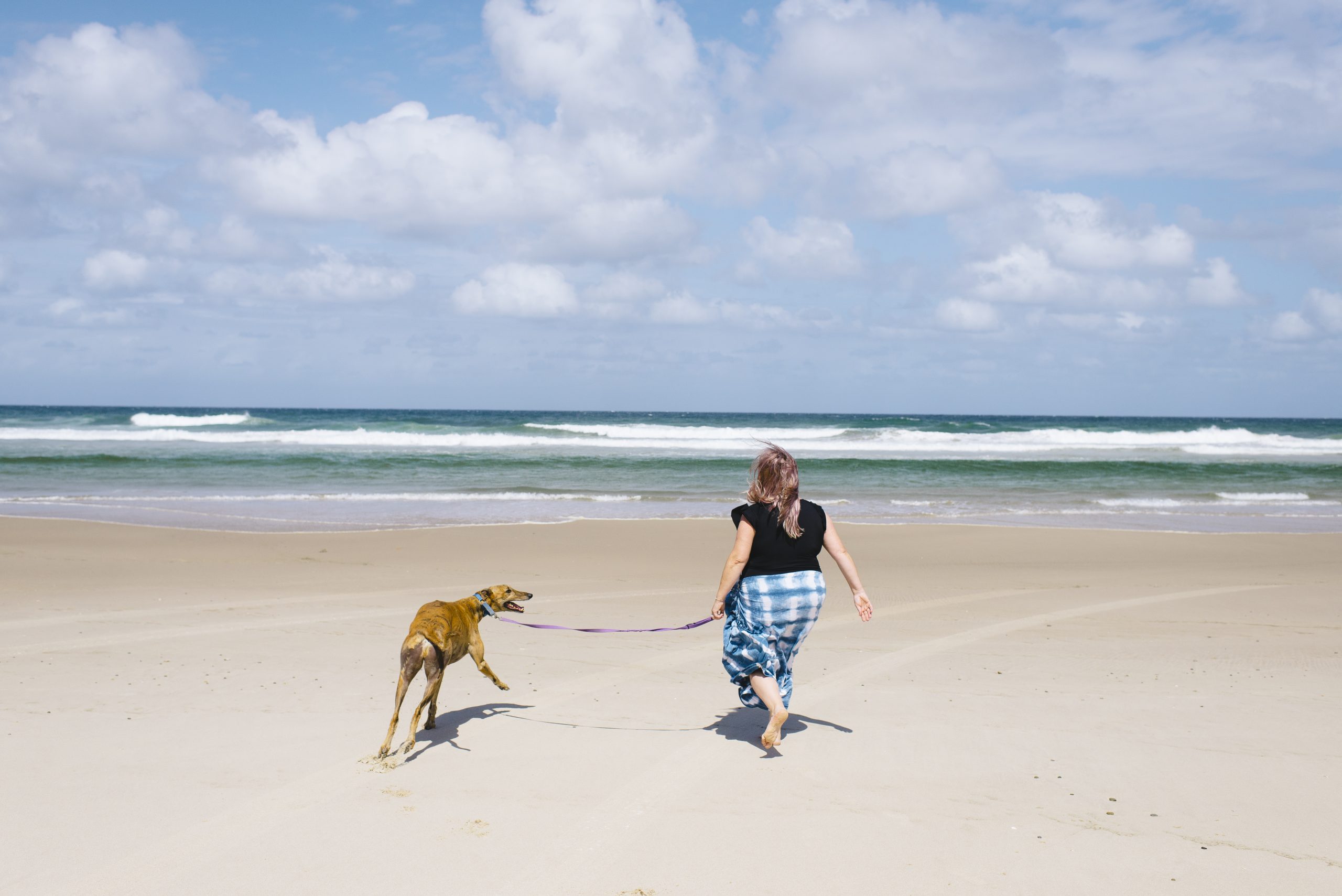Though they’re interesting charts to look at, you don’t really have to worry too much if your balance doesn’t look like that of someone in Portsea.
After all, while someone in Portsea may need a balance of $1.48 million to live out their desired lifestyle in retirement, when it comes to the average Australian, figures from the Association of Superannuation Funds of Australia (ASFA) tell a different story.
ASFA’s Retirement Standard estimates that the average couple will need a lump sum of $640,000 in combined super savings at retirement in order to enjoy a ‘comfortable’ retirement, while a single person will need a lump sum of $545,000 in super savings.
A ‘modest’ lifestyle, meanwhile, will require a lump sum of $70,000 in super savings at retirement.
These figures assume that the retirees will draw down all their capital and eventually receive an Age Pension. It also assumes that the retirees own their home outright and are relatively healthy.


